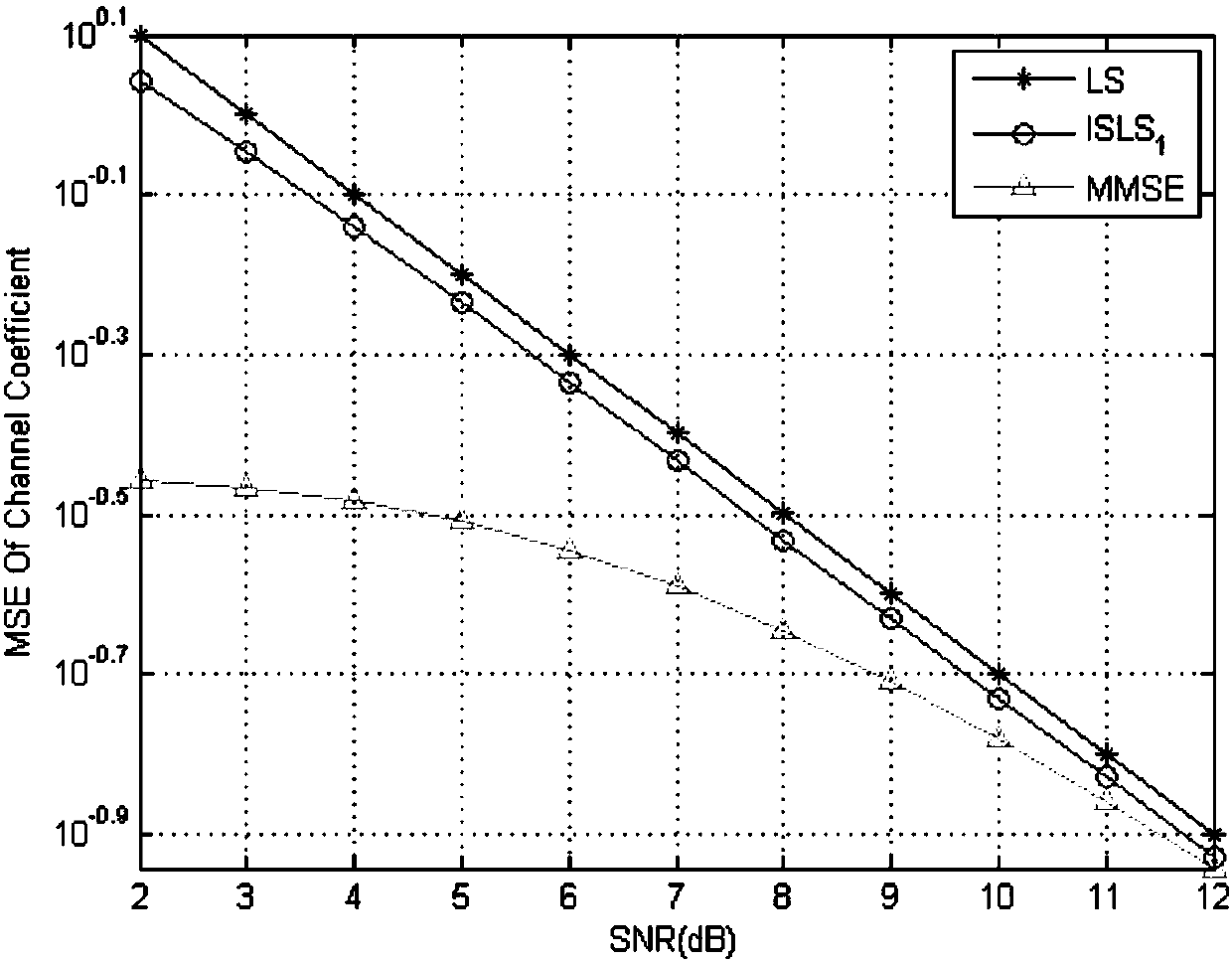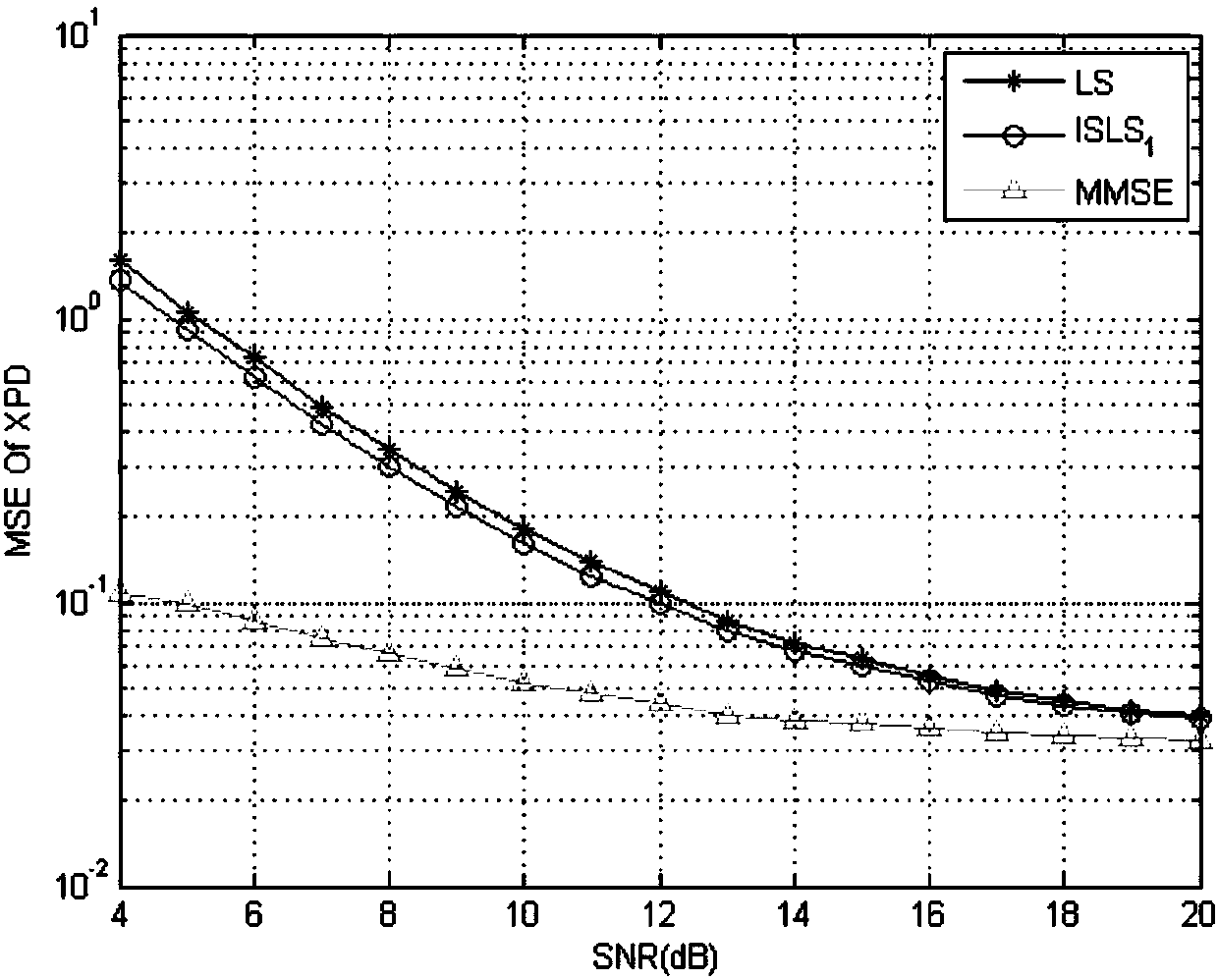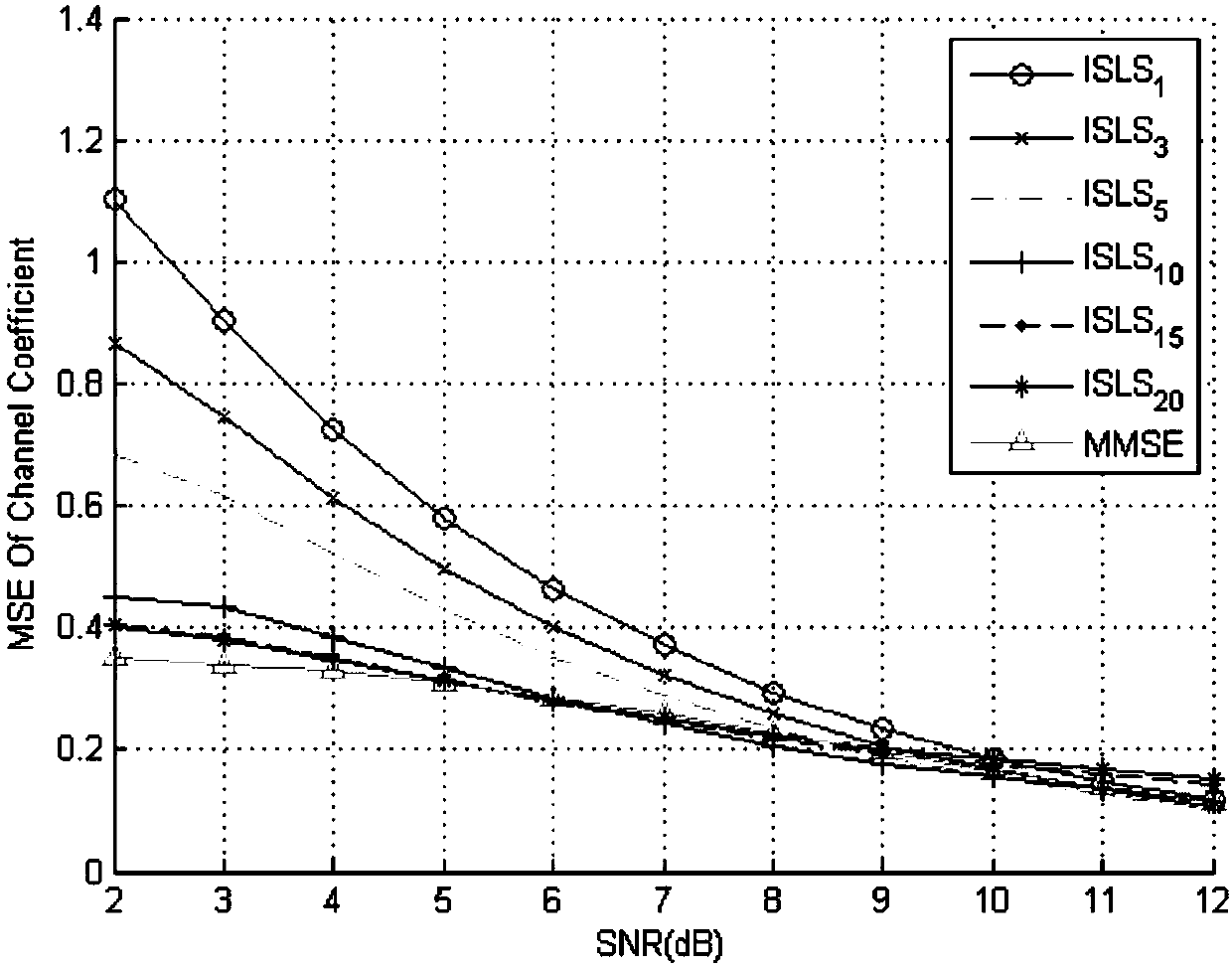Polarization channel XPD estimation algorithm based on ISLS
A technology for polarized channel and channel estimation, which is applied in the field of estimation algorithms to improve XPD estimation performance, can solve problems such as reducing system performance, improving bit error rate, power leakage, etc., and achieves the effect of good estimation performance
- Summary
- Abstract
- Description
- Claims
- Application Information
AI Technical Summary
Problems solved by technology
Method used
Image
Examples
Embodiment Construction
[0023] The present invention will be further described in detail below in conjunction with the accompanying drawings.
[0024] The present invention proposes a method for estimating XPD at the receiving end.
[0025] In wireless communication systems, due to the complexity of the wireless environment, polarization technologies such as polarization diversity, dual-polarization MassiveMIMO and polarization modulation are susceptible to channel depolarization effects XPD, such as data rate reduction and bit error rate increase , greatly reducing system performance.
[0026] The present invention proposes an ISLS-based polarization channel XPD estimation algorithm, that is, the pilot sequence is transmitted at the transmitting end, and at the receiving end we introduce the scattering factor γ on the basis of the LS estimation method and continuously iterate to reduce channel coefficient estimation errors. Then we obtain the autocorrelation matrix of the channel by multiplying the...
PUM
 Login to View More
Login to View More Abstract
Description
Claims
Application Information
 Login to View More
Login to View More - R&D
- Intellectual Property
- Life Sciences
- Materials
- Tech Scout
- Unparalleled Data Quality
- Higher Quality Content
- 60% Fewer Hallucinations
Browse by: Latest US Patents, China's latest patents, Technical Efficacy Thesaurus, Application Domain, Technology Topic, Popular Technical Reports.
© 2025 PatSnap. All rights reserved.Legal|Privacy policy|Modern Slavery Act Transparency Statement|Sitemap|About US| Contact US: help@patsnap.com



